This Is the New Face of Climate Change
Credit to Author: Cassandra Giraldo| Date: Wed, 28 Aug 2019 17:26:05 +0000
Want the best of VICE News straight to your inbox? Sign up here.
GUARITA, Honduras — Audelio Mejía’s family has grown corn in the agricultural heart of Central America, known as the Golden Triangle, for three generations. But for the last year, the 50-year-old smallholder farmer has seriously considered migrating north with the help of a coyote.
He’s not afraid of gang violence or political persecution, like many migrants who would claim asylum in the U.S. He’s worried about rain — and the lack of it.
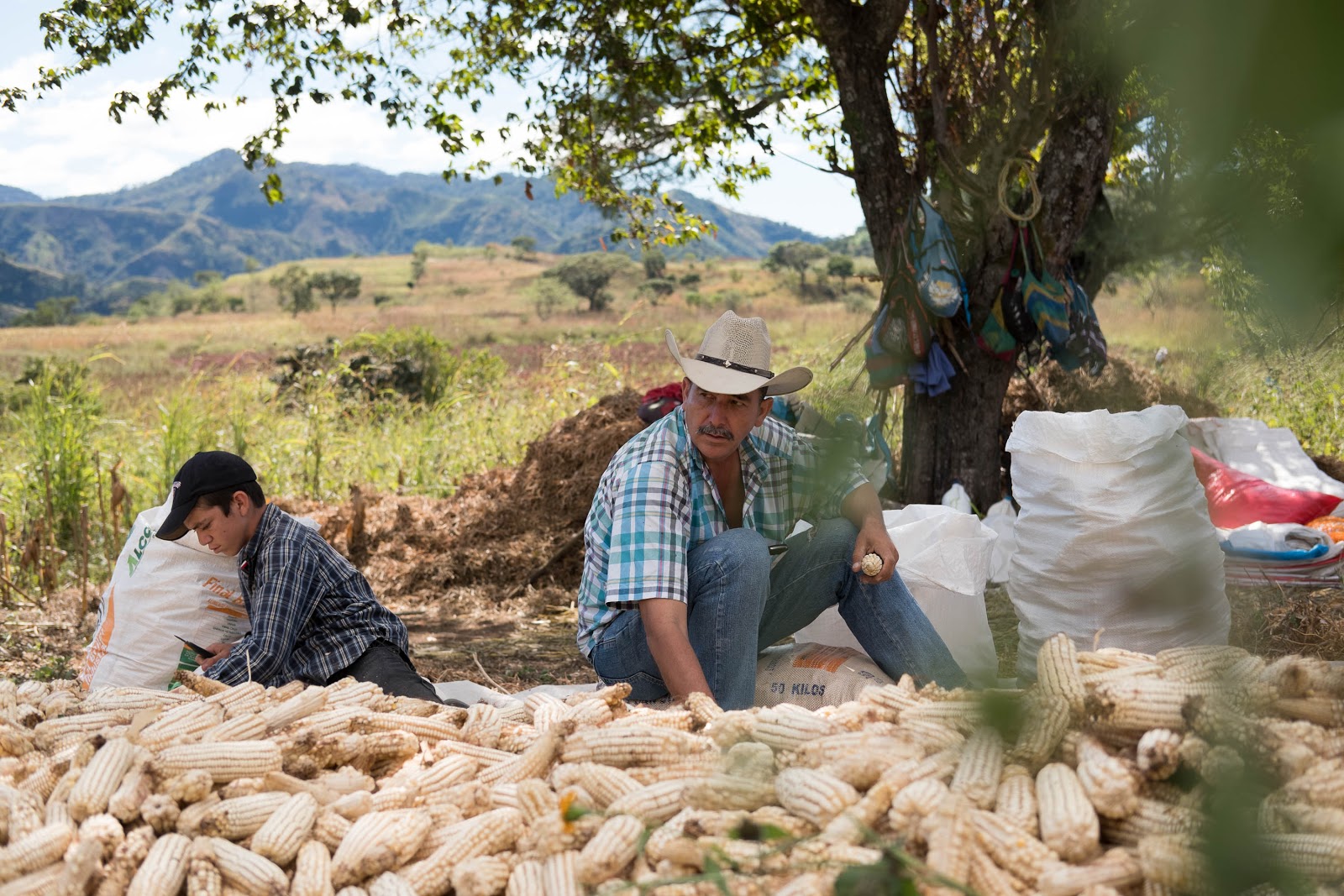
“It used to be that it would rain tomorrow or the day after. Now, the rain just arrives suddenly or drought comes,” Mejía said. “It’s difficult for a farmer and worse if there’s nobody to give orientation. Even if we want to cultivate the soil, perhaps it won’t be possible because of climate change.”
Parts of the Golden Triangle, which expands into Honduras, Nicaragua, El Salvador, and Guatemala, have experienced such devastating drought in the past few years, they’re now known as the Dry Corridor. This year, Mejía’s corn harvest only brought half a yield, which slashed the earnings he uses to support his wife and two teenage children.
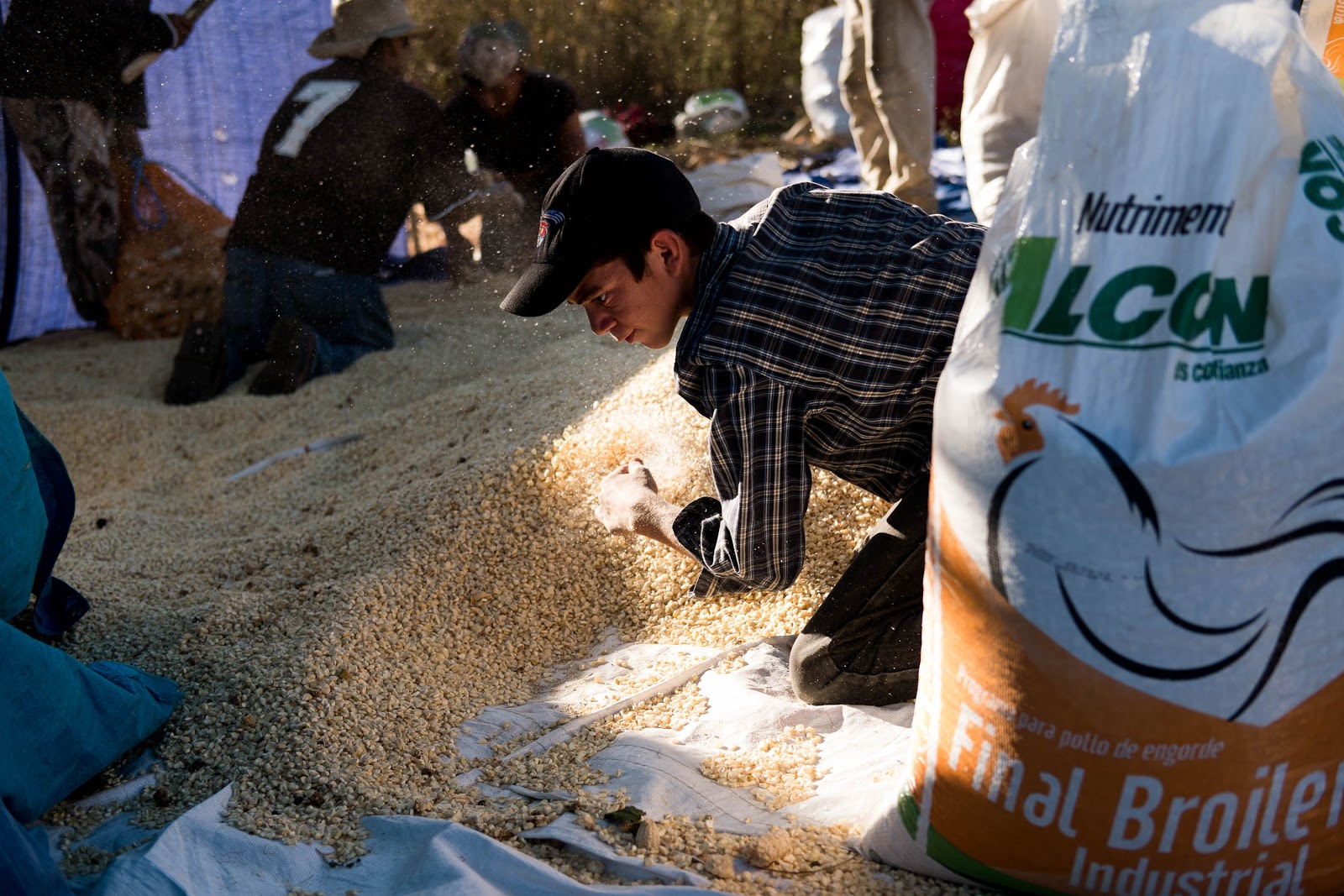
Now, Mejía and other farmers worry that the Golden Triangle can no longer guarantee them work or provide enough food. And they’re not alone. Worldwide, climate change will displace an estimated 150 to 300 million people by 2050. The so-called “climate migrant” has increasingly become one of the many faces of migration.
“If I start thinking about it, I wonder how it’ll be in 15-20 years for my children, or if I’m still alive, what will my children do,” Mejía said. “Because if winter is not good, what will their life be?”
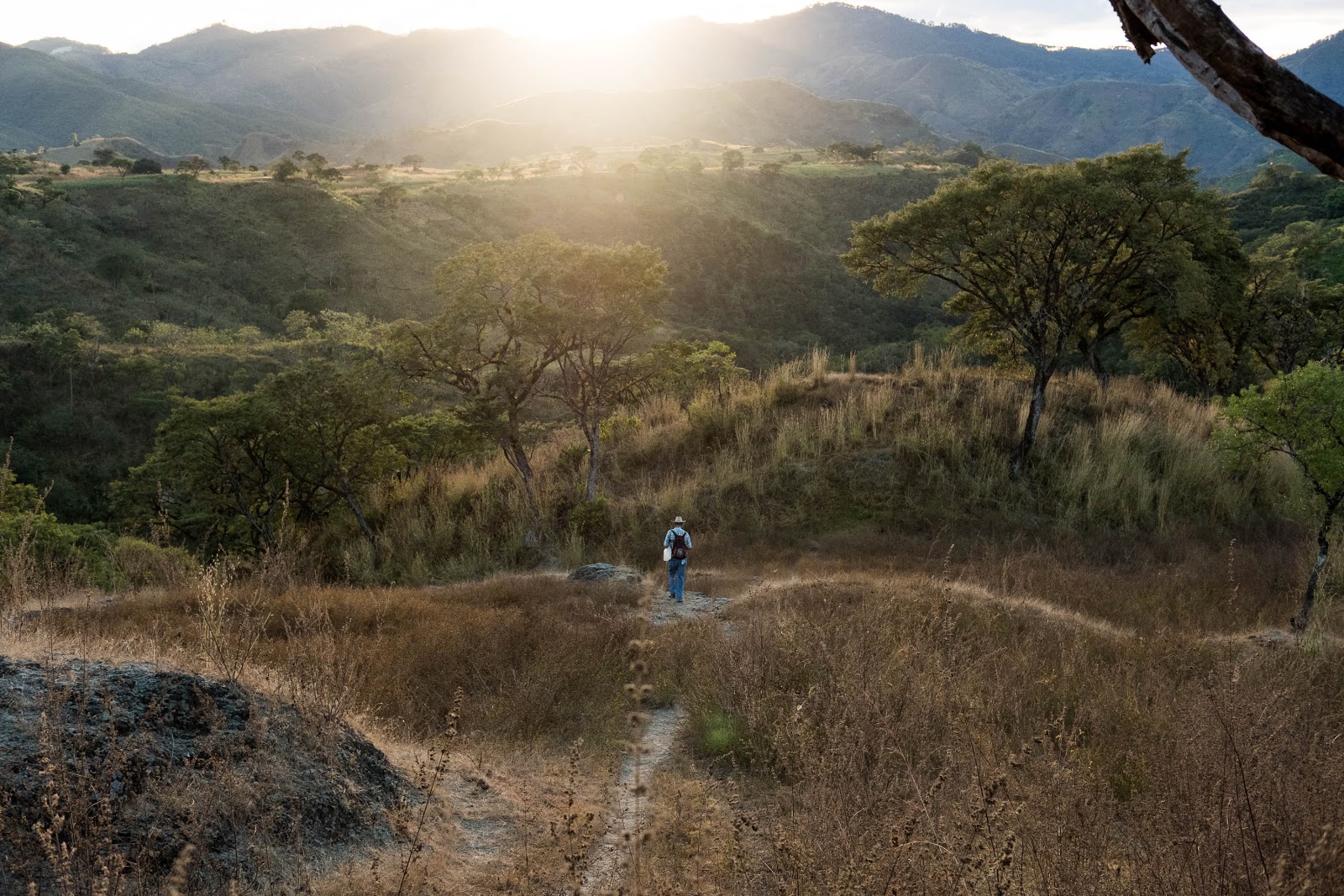
Organizations and religious nonprofits, like Catholic Relief Services, have become a critical last resort and seed of hope for many smallholder farmers, like Mejía, who find themselves contemplating migration. Carlos Andrés Zelaya, an agricultural technician from Catholic Relief Services, spends his days traveling the Dry Corridor to introduce farmers to agricultural innovations that can help combat climate change.
“The biggest problem is soil. If you lose soil, you lose your main capital and that’s our main problem,” Zelaya said. “We need to manage soi, so it’s not lost and it gets better so it can sustain our food systems.”
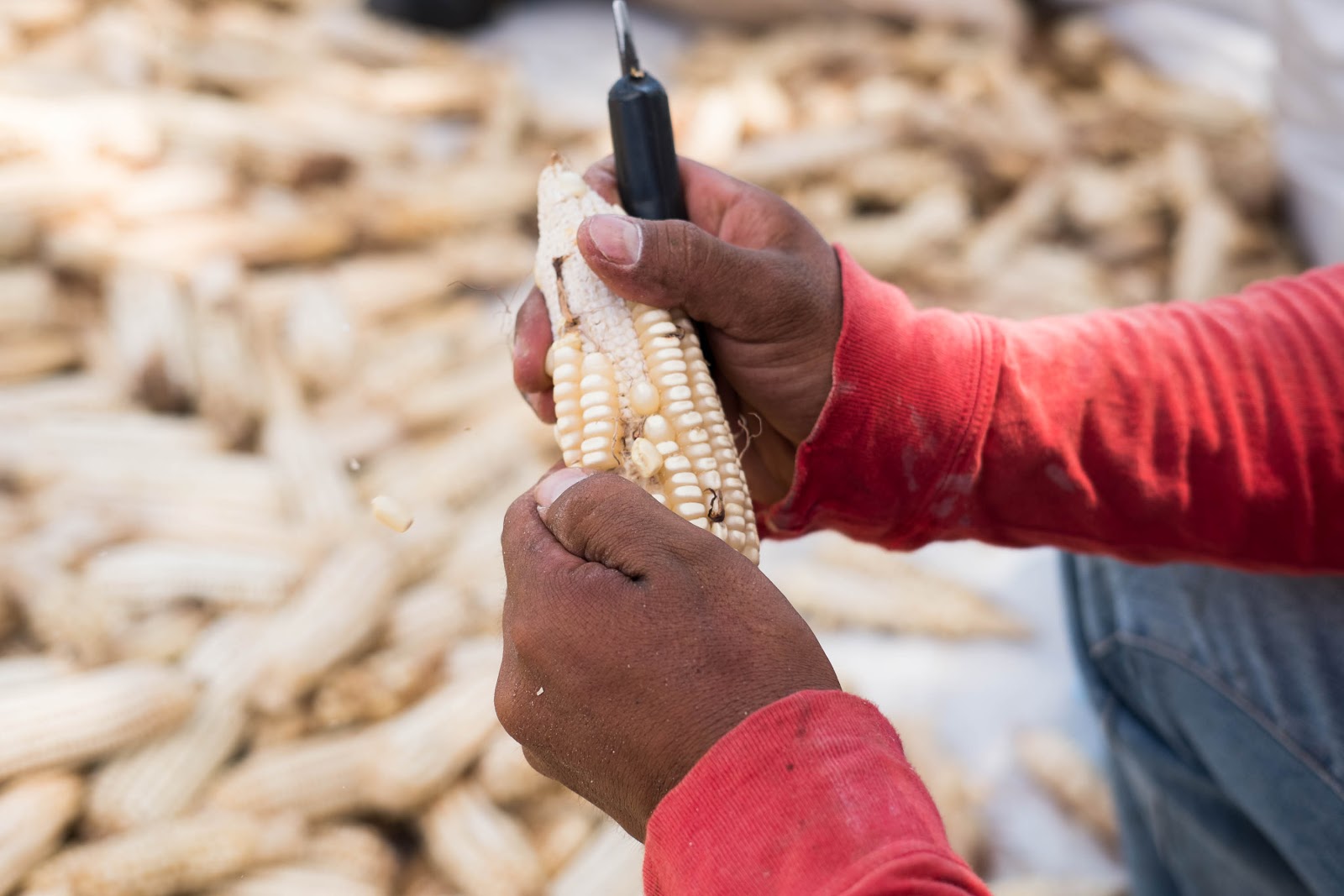
Until federal aid can catch up to the work that organizations like Catholic Relief Services have already begun, farmers will continue asking themselves the question: should I leave?
“The reward is very little. You just survive. You don’t get ahead easily working in this,” said Luis Alonso, a 25-year-old farmworker from Guarita. “Over there [in the U.S.] we would make in an hour what we make here in a day, working for eight hours. So yes, we would do it, migrate.”
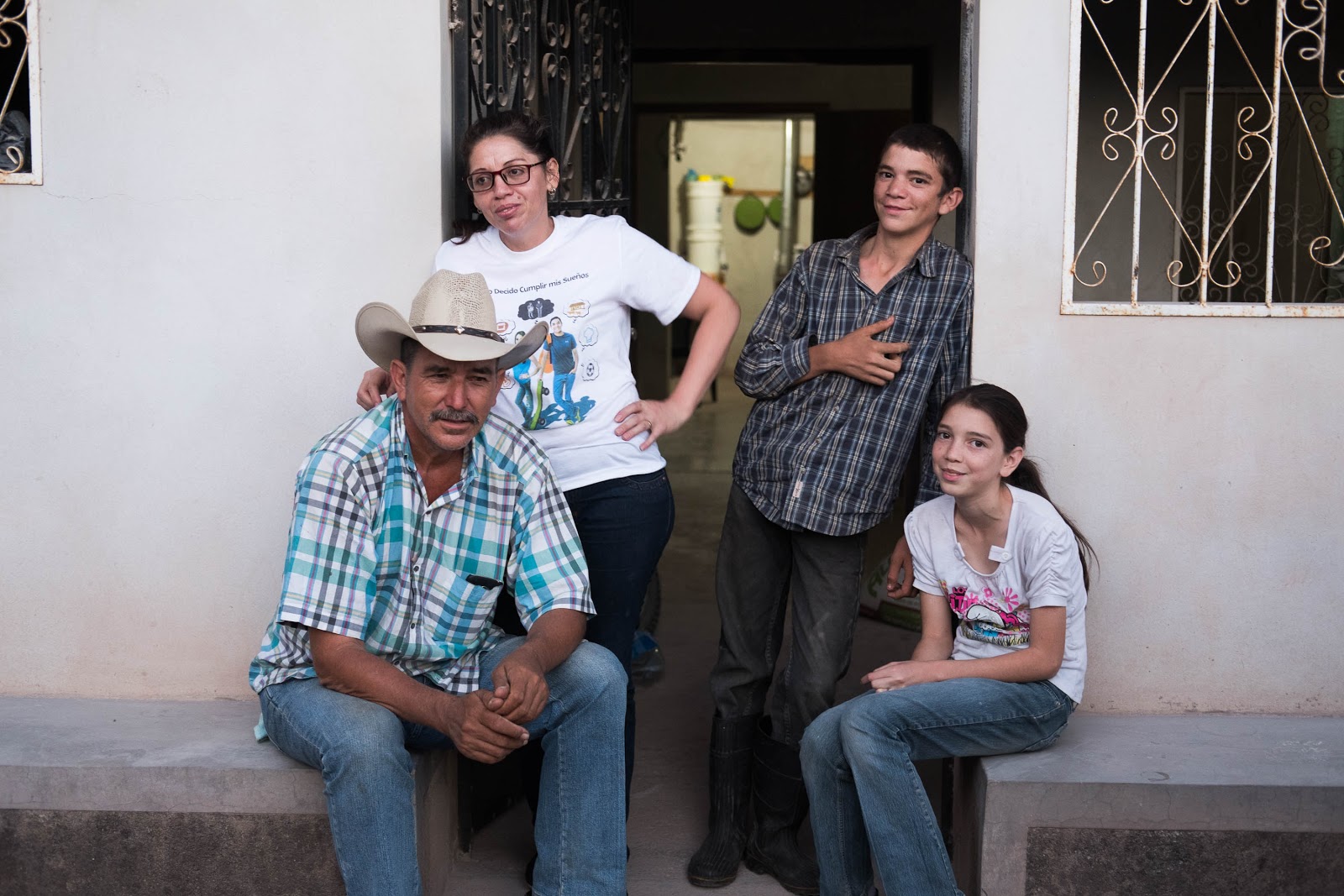
Cover image: Audelio Mejía, 50, surveys his land in Guarita, Honduras, on December 11, 2018. (Cassandra Giraldo/VICE News)
This segment originally aired on July 25 2019, on VICE News Tonight on HBO.
This article originally appeared on VICE US.